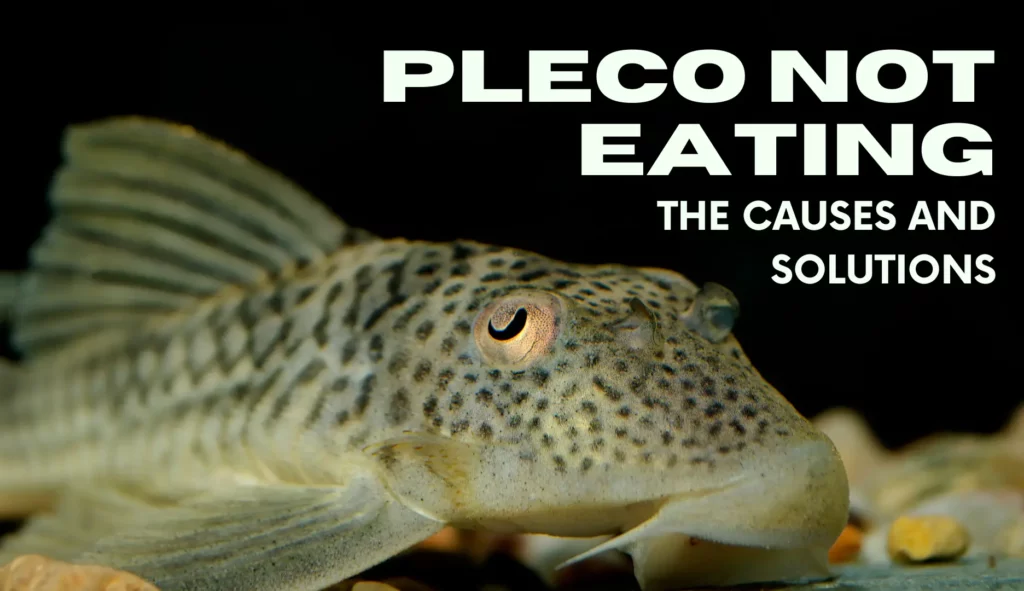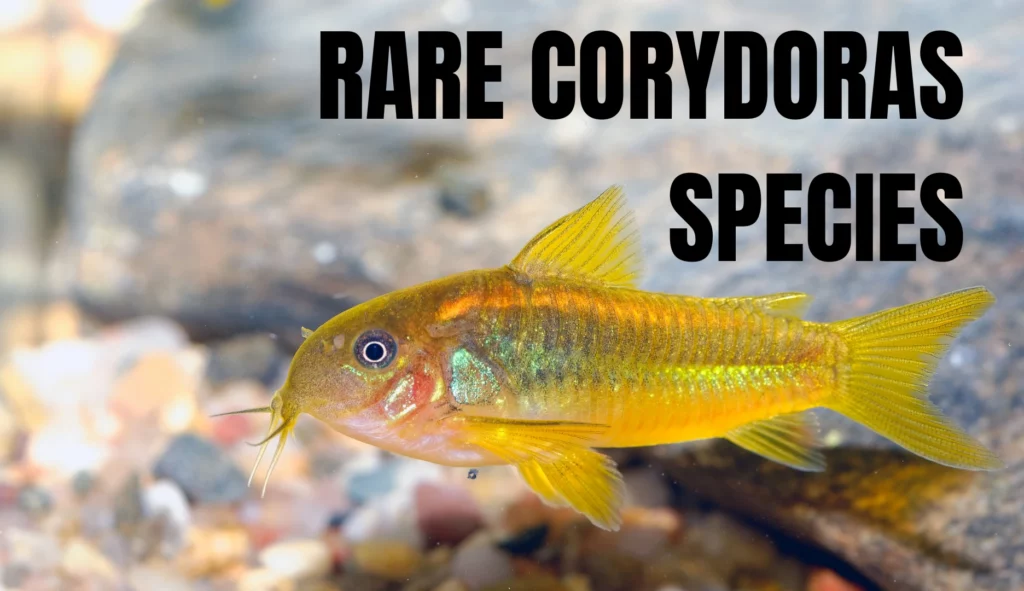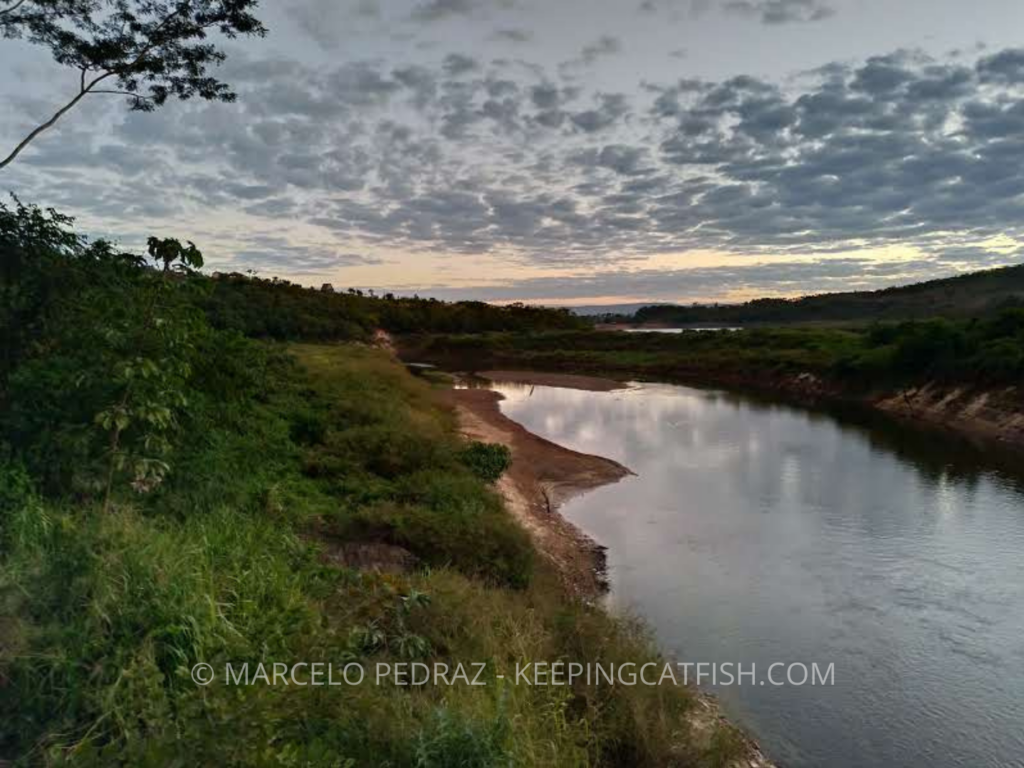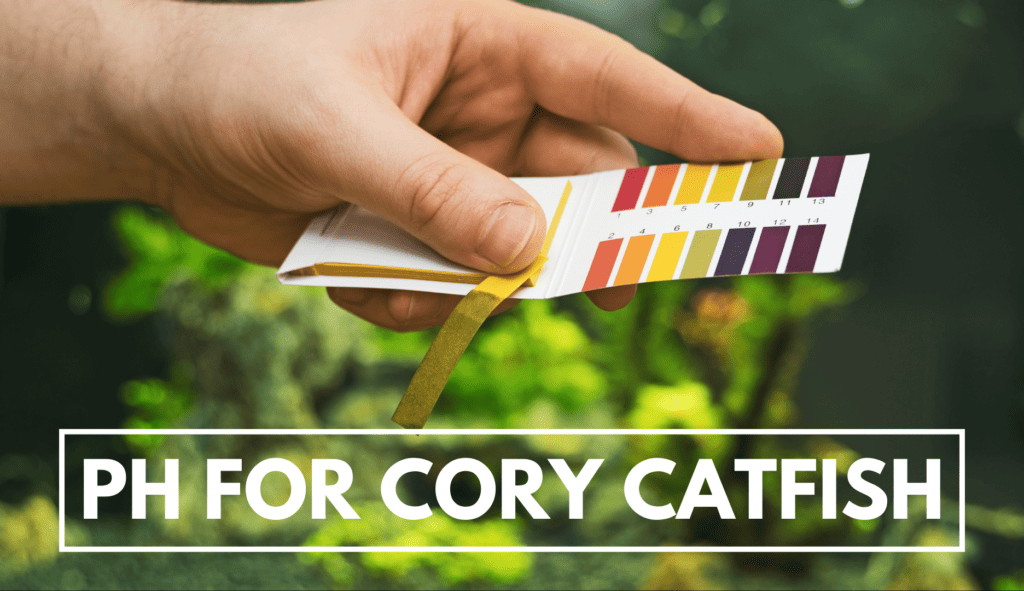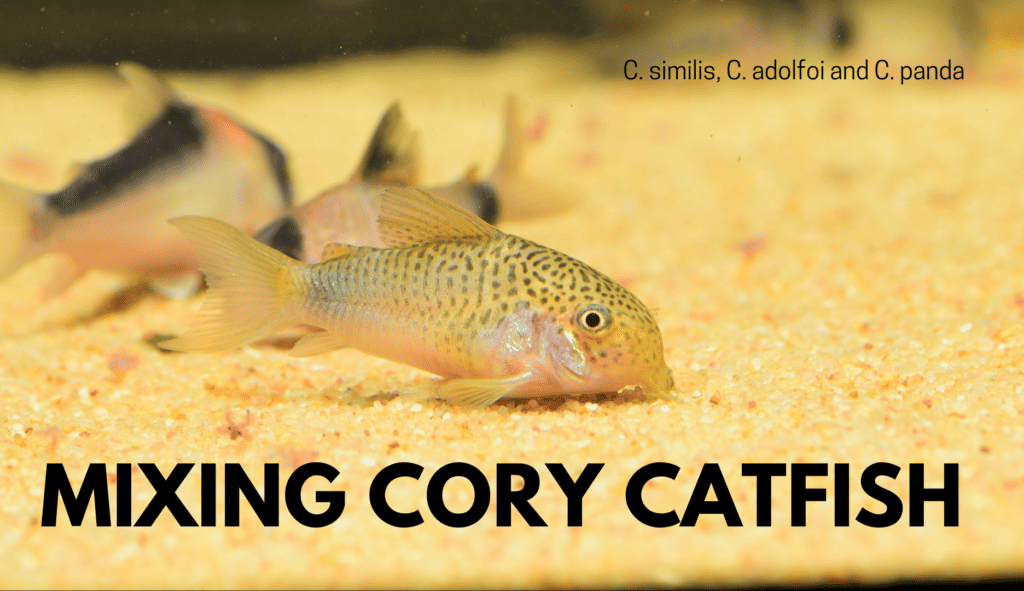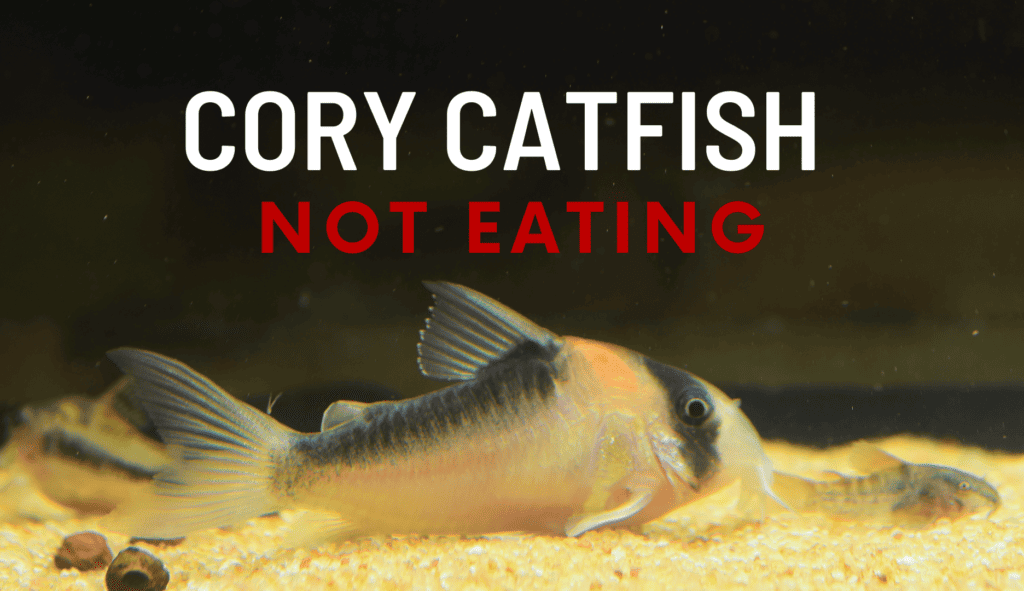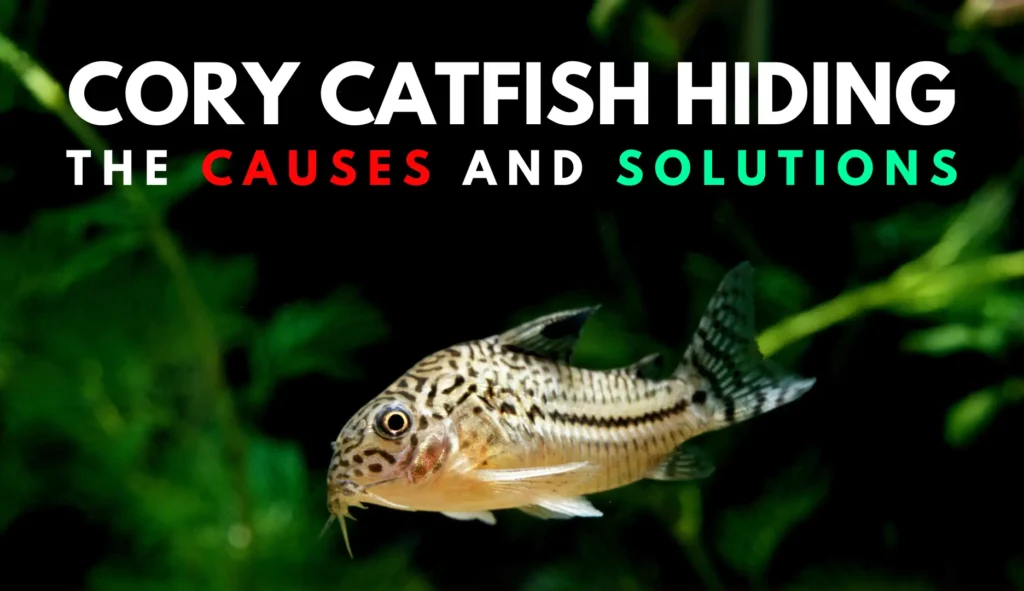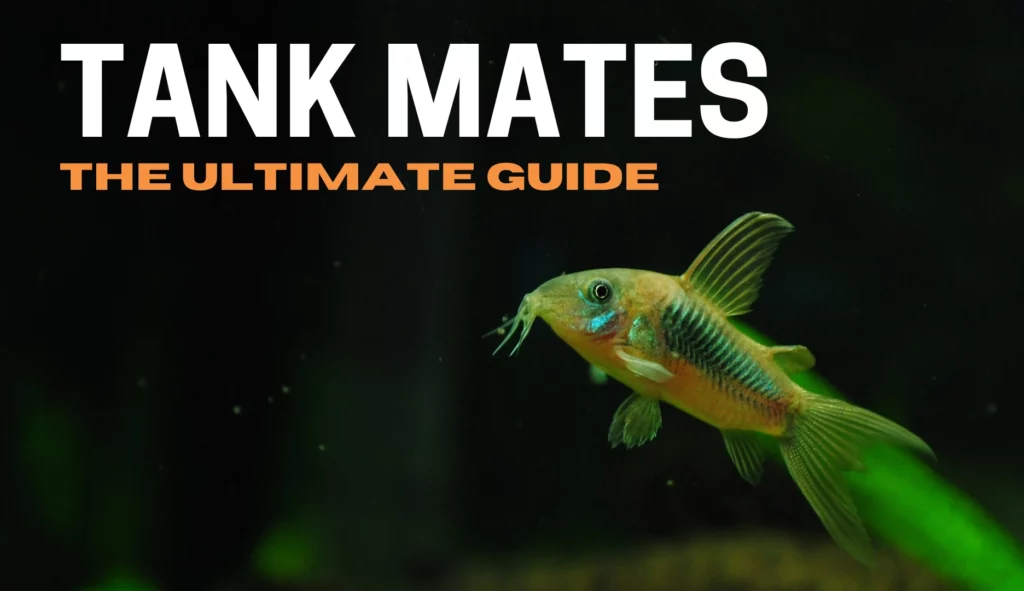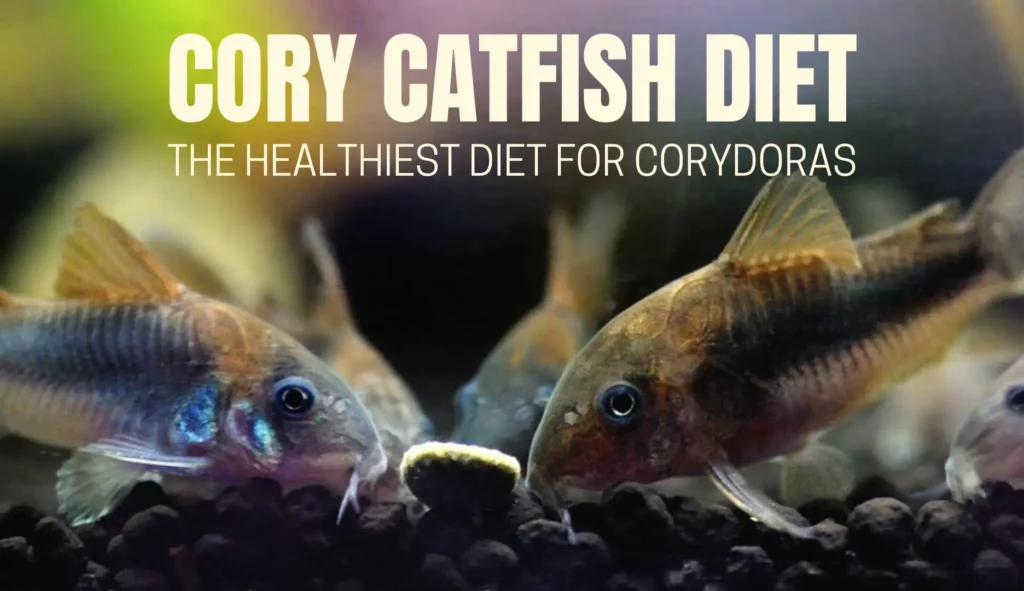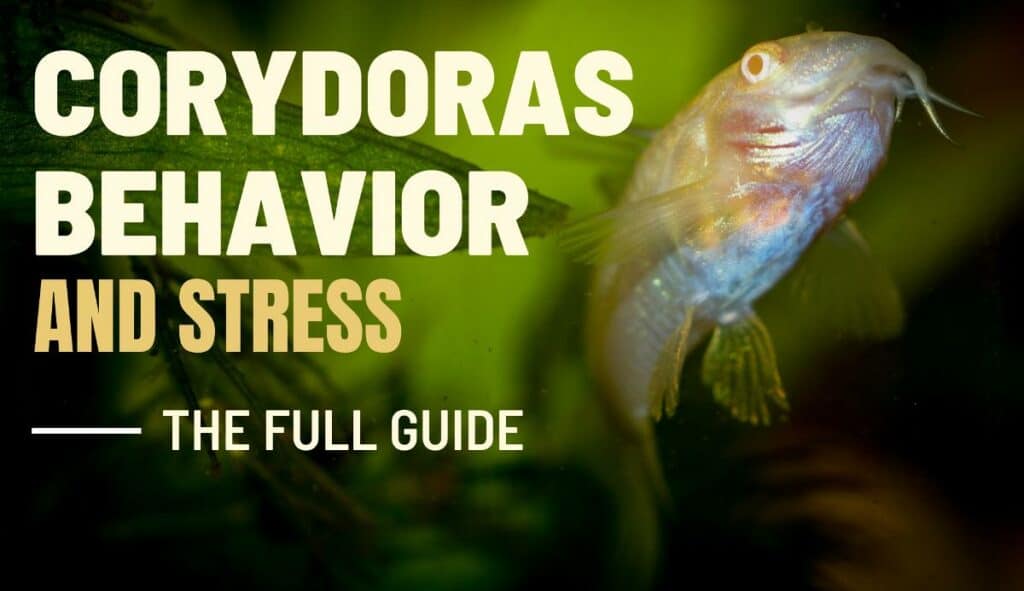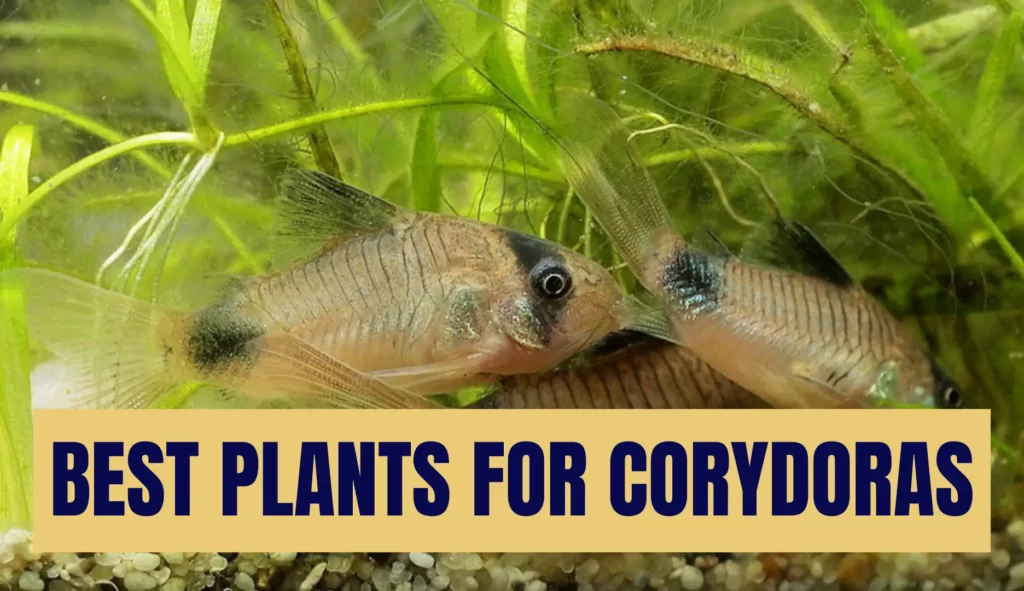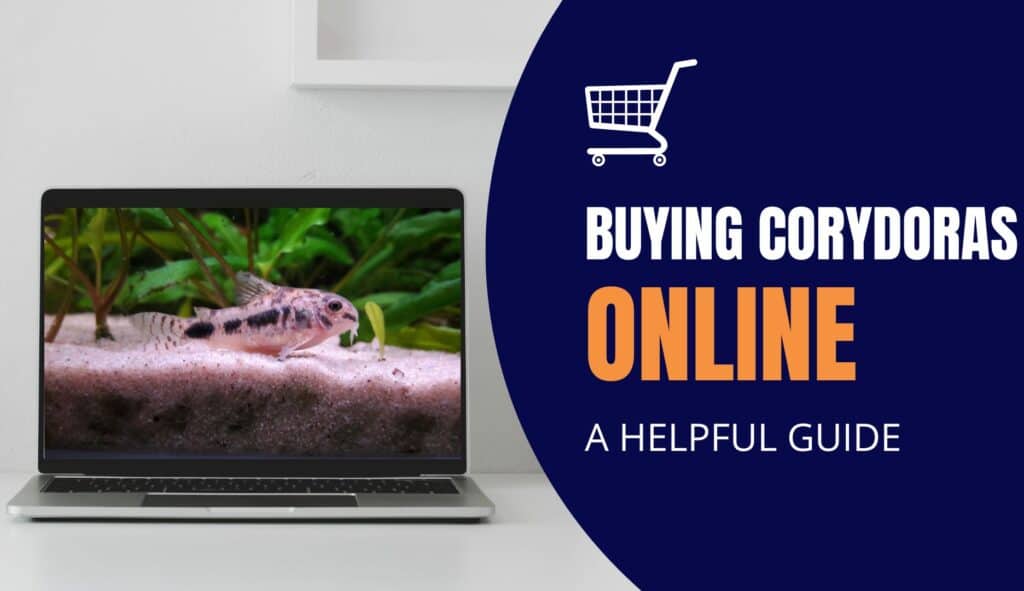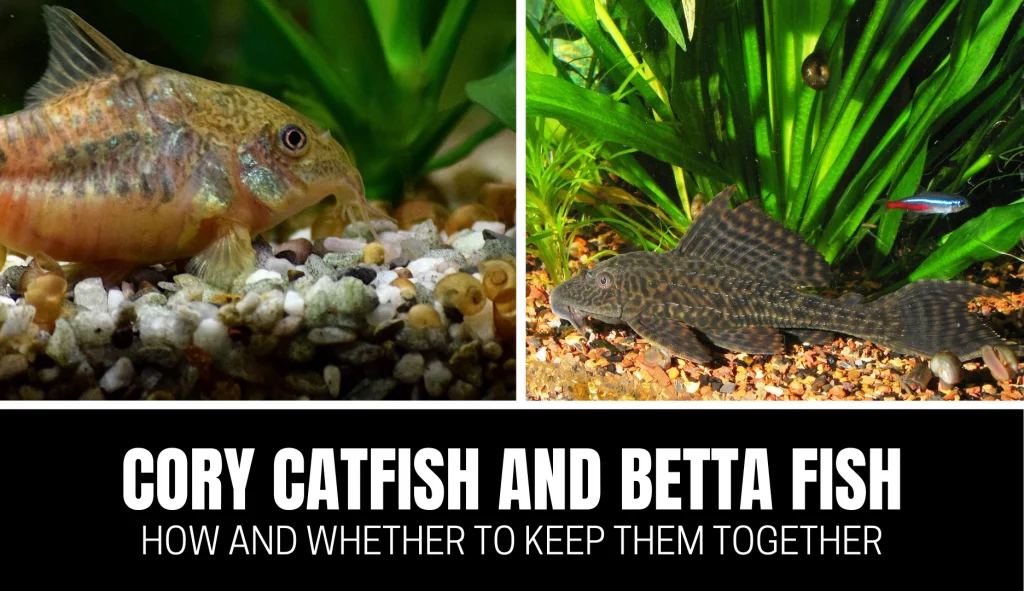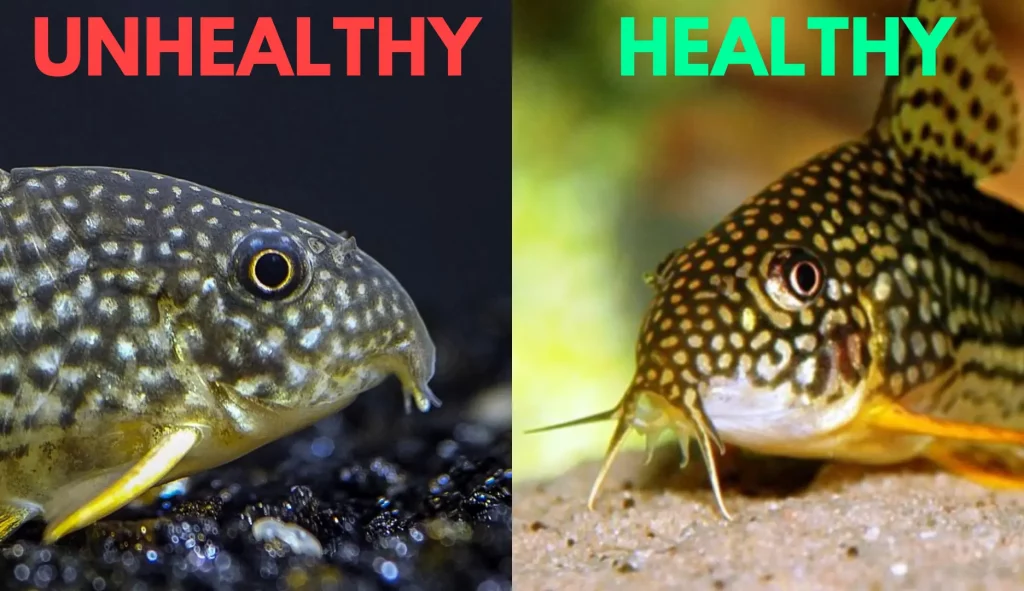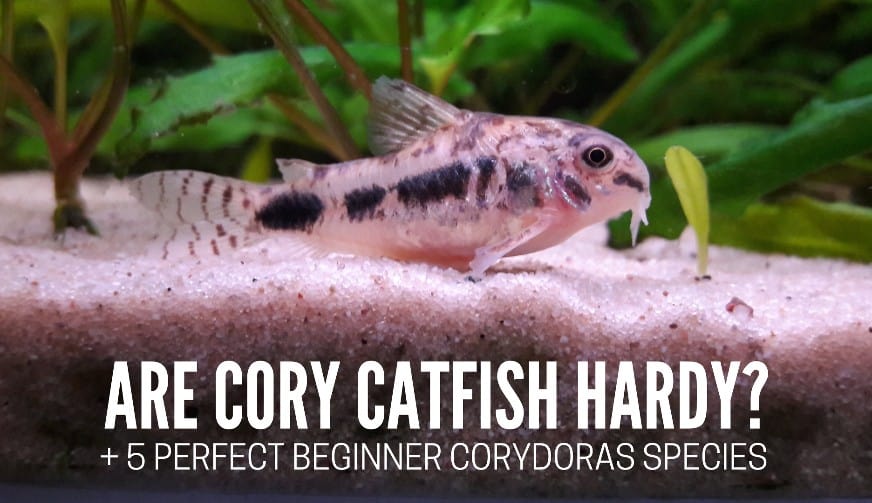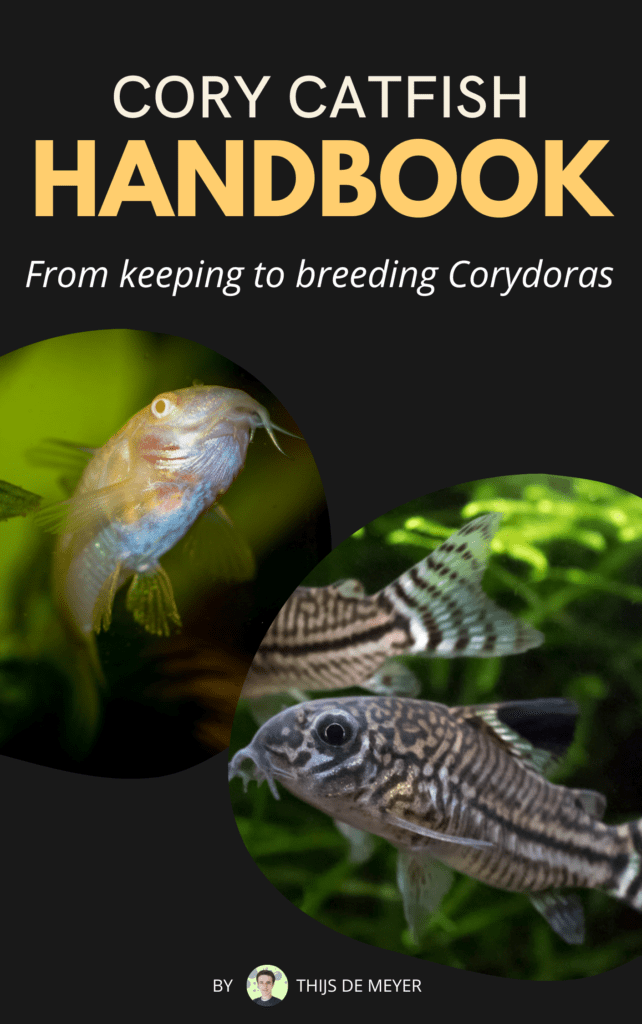Plecos are hardy fish, but easily suffer from starvation. This article will explore the most common causes for a pleco not eating and how to resolve them.
The most common causes for a pleco not eating are adapting to a new environment or illness and stress. At the first sign of loss of appetite, it’s important to observe the pleco in order to correctly diagnose the cause.
Stress
Stress is the main reason why pleco fish are not eating. These fish are sensitive to many environmental factors and can become stressed for many reasons.
Here are the things that cause stress to plecos:
Water parameters
Water quality is a crucial factor for fish well-being. Aquarium water with high levels of nitrogenous compounds (like ammonia, nitrite, or nitrate), with factors such as temperature and pH unbalanced, can stress the pleco fish resulting in it losing appetite.
The aquarium water must be periodically partially changed, and the substrate, filters, and decorations always kept clean.
Overcrowding
Too many fish in the aquarium can cause stress to all tank inhabitants, including plecos. This is due to the lack of quiet places, the formation of territories, and hiding places. Make sure your tank has enough space for your fish to live comfortably.
Especially the amount of fish in the bottom layer of the tank is important to monitor. Other fish like loaches and cory catfish can overcrowd this layer and cause stress.
Tank conditions/hiding places
Plecos need a suitable aquarium environment to thrive. If the aquarium lacks essential elements such as driftwood, caves, decorations, and plants, this can cause stress for the fish. Make sure your aquarium provides your plecos with a suitable and nurturing environment.
If your pleco doesn’t feel comfortable (f.e. due to a lack of hiding places), it will be afraid to look for food and thus keep hiding without eating.
Sudden changes in the tank environment
Sudden changes in the aquarium environment, such as an abrupt change in temperature or light, can stress your fish. It’s important to make slow, gradual changes to the aquarium environment so fish can adapt comfortably.
Conflicts with other fish
If your fish are fighting or their interaction is not harmonious will cause stress for all aquarium inhabitants.
Plecos aren’t aggressive fish, but they can react if fish invade their ‘personal space’ or attack them.
Avoid keeping them together with other aggressive fish like certain cichlid types.
Outcompeted by other fish
Another possible reason why the pleco is not eating is that other fish in the aquarium are competing with it for resources, such as food. If other fish are faster and take all the food before the pleco can, it may feel overwhelmed and threatened and stop feeding.
To solve this problem, you can try feeding your pleco separately from the other fish, like when the lights are off.
Adding different feeding points in the tank is a good idea to disperse all the inhabitants during feeding time, helping the pleco to get its food without competing with the other fish.
Also, be sure to choose foods appropriate for the pleco so that he doesn’t have to compete for food that isn’t suitable for him.
Some commercial plecos foods include quality algae tablets and pellets designed specifically for bottom-dwelling fish (that immediately sink to the bottom).
Attention should be paid to overfeeding, as this can lead to health problems for the pleco and other inhabitants, plus rapidly deteriorating water quality. It is essential to follow a regular and controlled feeding routine, avoiding overeating and ensuring that each fish in the aquarium receives the proper amount of food.
Competition for resources is not just limited to food. Plecos may be “outrun” by other fish for crucial resources such as space and hiding places. Make sure you have an aquarium big enough for all your fish and provide plenty of hiding areas.
You can use rocks, caves, logs, and other decor items to create different areas for fish to hide and feel safe. This way, the plecos don’t have to fight for space and other resources and can feed themselves with peace of mind.
Wrong foods
One of the most common reasons plecos aren’t eating is because they’re getting the wrong food. Some unsuitable foods for plecos can be difficult to digest, are unpalatable, and cause health problems in these fish. Here are some things you need to know about feeding plecos:
Tropical Fish Dried Flakes
You can use dry tropical fish foods like fish flakes, but not as a staple food. Some flakes do not sink – or sink slowly – making it difficult for bottom fish to access them, and if not eaten promptly, flakes can quickly lose their nutrients to the water. Plecos need food that remains inert for some time, with a surface to be vigorously “chewed.”
Canned or freeze-dried foods
Fresh food
Be aware of unsuitable food for plecos. Do not offer food of uncertain origin without being properly sanitized.
Research the ingredients options and species you keep; a few vegetables can be hard to digest and cause issues such as cabbage and lettuce.
Offer animal protein to carnivorous plecos and vegetable protein to herbivorous plecos.
Pellets, Granules, and Other Commercial Processed Foods
Processed fish foods, such as granules and pellets, can be a daily feeding option, especially those made for plecos. Be sure to read food labels to ensure they contain the quality ingredients these fish need.
To ensure your plecos are getting the proper nutrition, you must provide them with a variety of foods. The greater the diversity, the better your pet's diet will be.
Sickness or injury
If your pleco is not eating, there could be a possibility that he is sick or injured. Here are some signs that your fish may be experiencing health issues or injuries:
Visible wounds
Parasitic diseases
Internal or external parasites can be a common problem in aquarium fish, especially those collected from the wild (common among plecos). If the fish is with parasites in addition to a bloated belly and white streaky stools, it may stop feeding. Look out for signs like excessive scratching or white spots on the skin.
Digestive issues
Respiratory diseases or gill problems
Overfeeding
Overfeeding is a problem that can directly affect your pleco’s appetite and health.
When fish are overfed, they can suffer from issues like bloating, obesity, and other ailments, leading to other health problems.
In addition, overfeeding also leads to water pollution, as the fish produce more excreta, and the remains of uneaten food accumulate in the aquarium.
To avoid overfeeding, feed your fish a minimum of twice a day in such an amount that there are no leftovers.
Overfeeding also leads to a strong nutritional imbalance. Many fish owners believe that overfeeding “superfoods” such as shrimp and fish filets benefits plecos.
However, these ingredients alone do not provide all the necessary nutrients for the fish to remain in ideal conditions, they must be included (in the correct amount) within a balanced food plan. A balanced diet should consider as much variety of foods as possible.
Remember the habits when talking about the feeding aspects of this animal. Plecos are slow eaters and need a longer time when compared to other fish to feed. Feeding them quickly or utilizing foods that easily deteriorate (or lose nutrients) can prevent them from finding all the available food in the aquarium.
Distributing food for plecos in different places in the aquarium is a nice technique to allow them to find and eat all available food. Feeding in distinct areas also give the plecos something to do, avoiding stress and boredom.
Finally, overeating can be a behavioral factor, a symptom of boredom or lack of stimulation. It’s important to provide plecos with an enriching environment with plenty of hiding places, swimming areas, and decorative elements to explore and entertain.
Conclusion
If your pleco isn’t eating, it could be a sign that something is wrong with their environment or their diet.
Plecos are hardy and adaptable animals, but they still need proper care to thrive. Be sure to provide a variety of healthy, quality foods, including wood and vegetables, and watch your pleco’s behavior carefully to identify any health issues or stress.
With the proper food and the proper environment, your pleco can live a long, healthy life in your aquarium.

